A tiny Marin County district got California’s first school desegregation order in 50 years
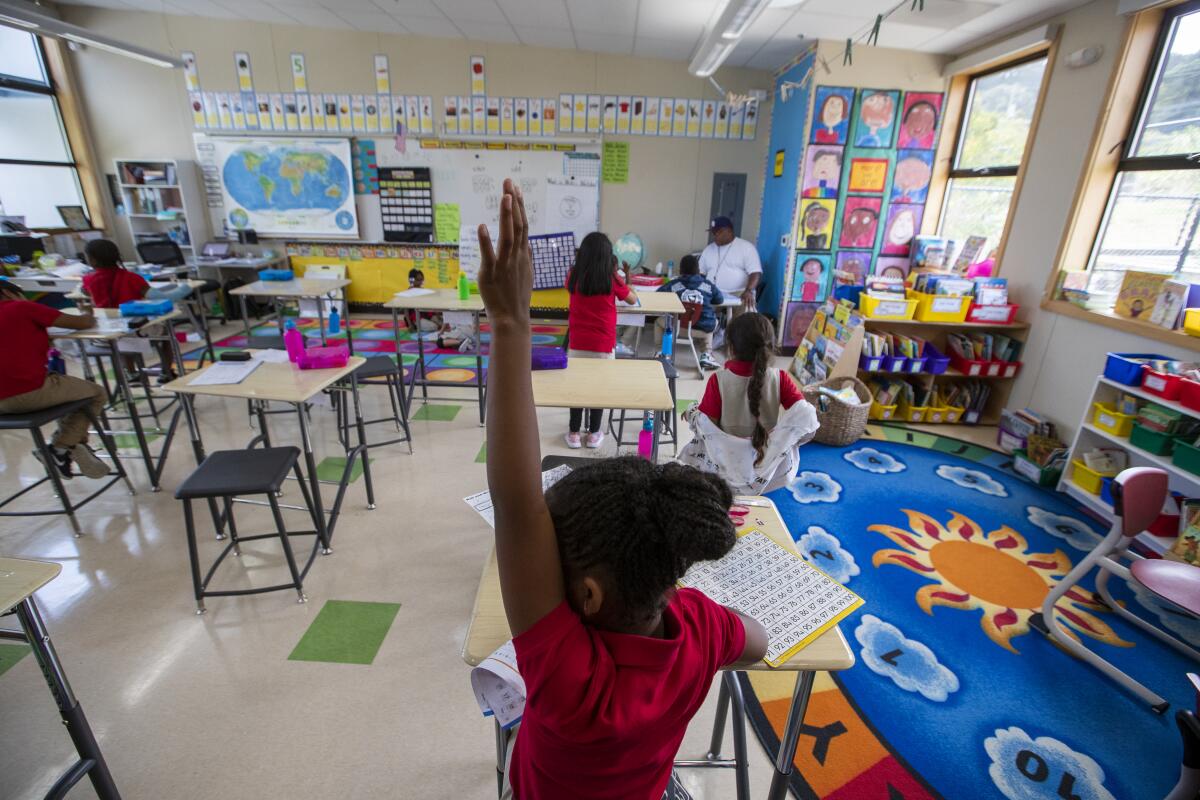
- Share via
MARIN CITY, Calif. — The hillside school with the dreamy view of San Francisco Bay seems to practically shout e pluribus unum. A racially diverse group of children play an afternoon game of capture the flag. Teachers and parents proclaim their inclusivity with lapel buttons: “All cultures. All faiths. All races. All abilities. All gender identities ... The future is welcome at Willow Creek Academy.”
The kindergarten-through-eighth-grade campus in Sausalito, which opened in 2001, has won fierce commitment from parents and staff. It has been recognized as one of California’s top charter schools.
But now Willow Creek is at the center of an emotional battle that has brought fresh attention to long-festering racial inequities in liberal Marin County. Last month, the tiny Sausalito Marin City School District was hit with the state’s first school desegregation order in half a century.

The district has just two schools: Willow Creek, with an enrollment of 361, and Bayside Martin Luther King Jr. Academy, a traditional K-8 campus located a little more than a mile away in Marin City, across U.S. 101. Its 104 students are predominantly African American and Latino.
A state review found that Bayside MLK students have suffered under years of rapid staff turnover, inadequate class offerings, excessive discipline and substandard academic performance. As a result of the desegregation complaint by California Atty. Gen. Xavier Becerra, the district is under a court order to end the unequal treatment of students who attend Bayside MLK.
A new school board agreed to reforms to address past inequities and hired a new superintendent to accomplish the overhauls.
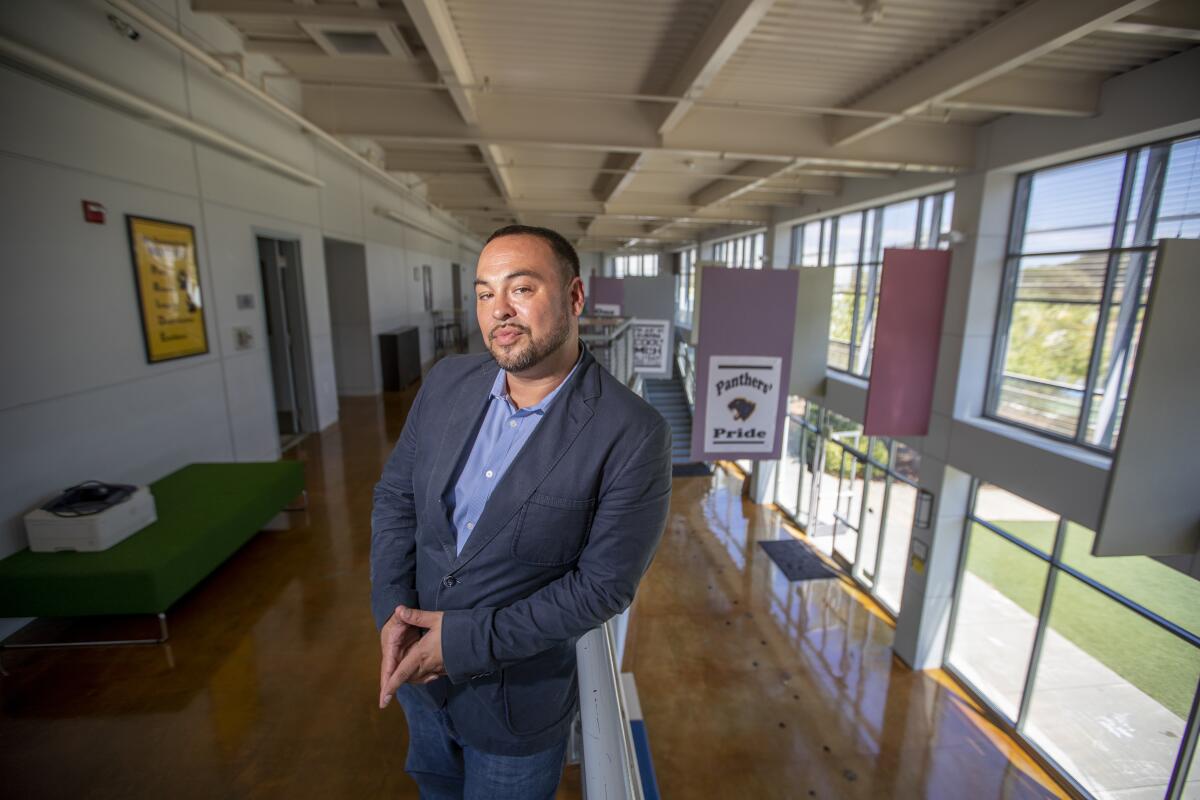
“I am excited by the opportunity we have to create a blueprint to lead the way, not only for this community but hopefully for other communities in our county and our state and, who knows, maybe across the land,” said Supt. Itoco Garcia, who grew up nearby. “We’ll see.”
Becerra’s action required the establishment of a scholarship fund and counseling for students shortchanged in years’ past. It set a timetable for ending the segregation of Bayside MLK students. It did not, however, spell out how to end the racial separation, other than requiring a solution within five years.
Leaders of the traditional public school and the charter campus think they have an answer: combine the two schools. But mistrust lingers in the two communities that share a ZIP Code and a school district, but little else.
In majority-minority Marin City, African American residents can enumerate discrimination and economic inequities that date to World War II.
In Sausalito, which is 85% white, parents who put their children in a multiethnic public school say they feel tainted by intimations of racism and frustrated that a desegregation effort their school started years ago has been overlooked.
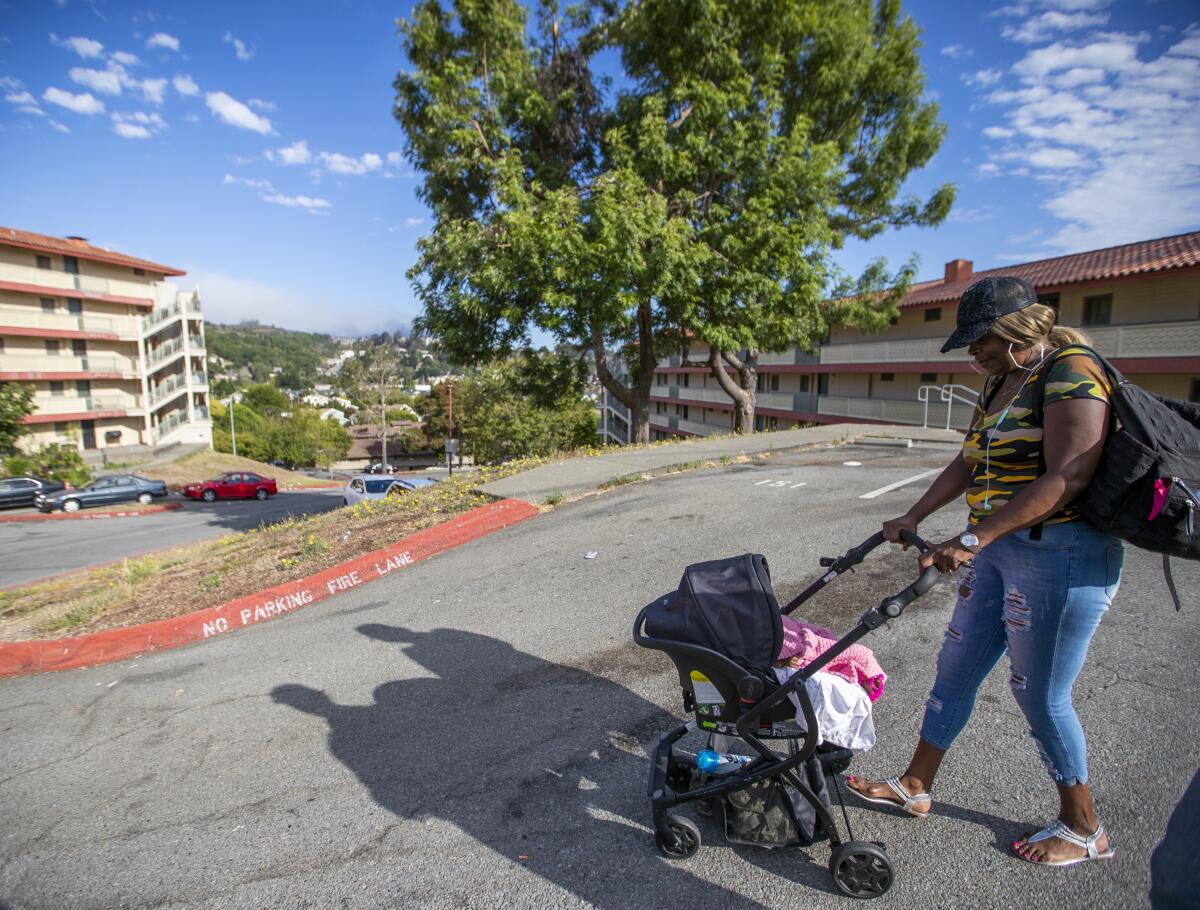
“I don’t know what to think this time,” Lenora Hayden, 51, said recently as she pushed her granddaughter in a stroller in front of Marin City’s Golden Gate Village public housing complex. “We’ve heard promises. And we’ve been lied to before.”
In Sausalito, the e-commerce executive who heads the Willow Creek Academy board of directors said it has been maddening to hear a school with diversity at its core accused of shortchanging its mostly minority sister school.
“There is this simple story that’s been told about rich kids versus poor kids and a rich school versus a poor school,” said Kurt Weinsheimer, 50. “But that’s not the story.”
##
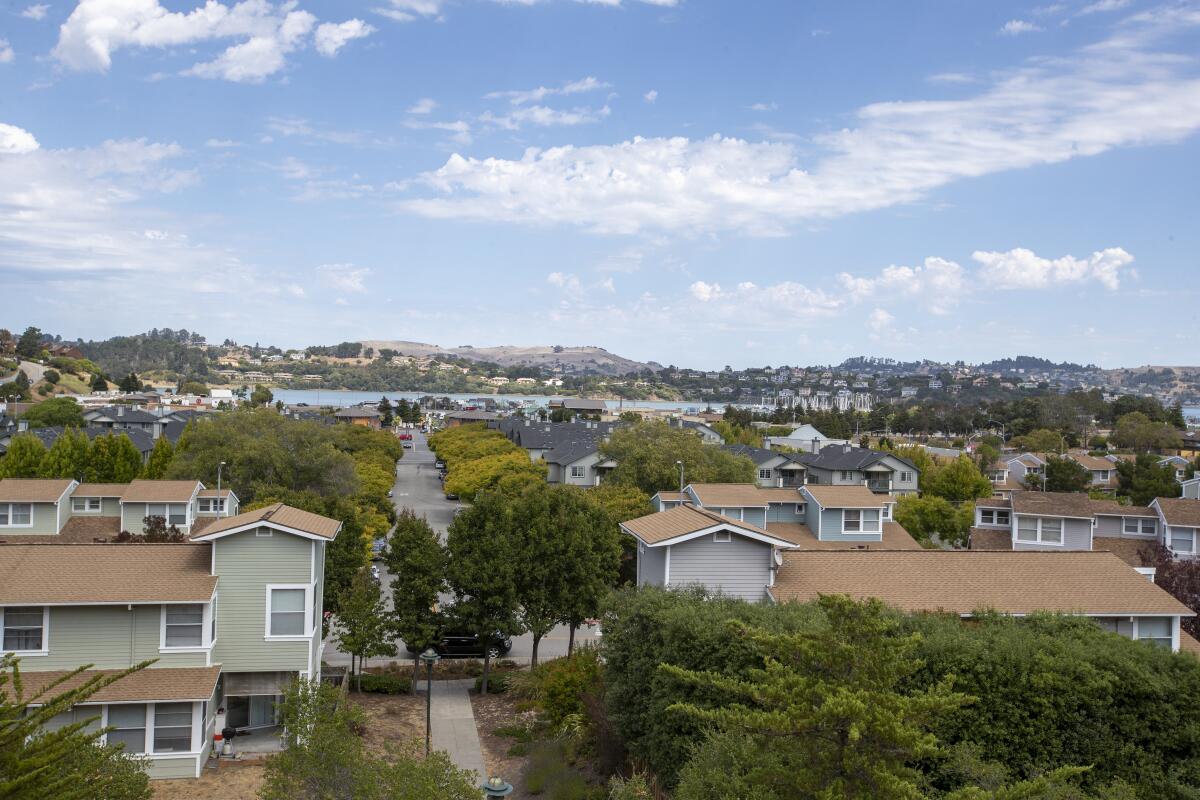
Just beyond the shadow of the Golden Gate Bridge, Sausalito has for decades been a sparkling tourist magnet. Visitors cycle past art galleries, wine tasting shops and sip $6 coffees in front of bright bistros.
Just one freeway exit north, Marin City has been slowly gentrifying in the Bay Area’s spiraling real estate market. But it remains anchored by its nearly 60-year-old public housing complex, where unemployment runs high. The population is poor enough that every student qualifies for subsidized school meals.
Some of the 700 residents in Golden Gate Village tell how their families arrived from the South to take jobs building supply ships during World War II. But when the war ended, black workers looking to buy homes and move on were blocked by loan restrictions and racial deed covenants.
In the 1960s, the school board’s new progressive majority voted to put black children from Marin City and white children from Sausalito in the same schools, reputedly the first voluntary desegregation in the state. (The board briefly employed a member of the Black Panther Party to run the district’s middle school.)
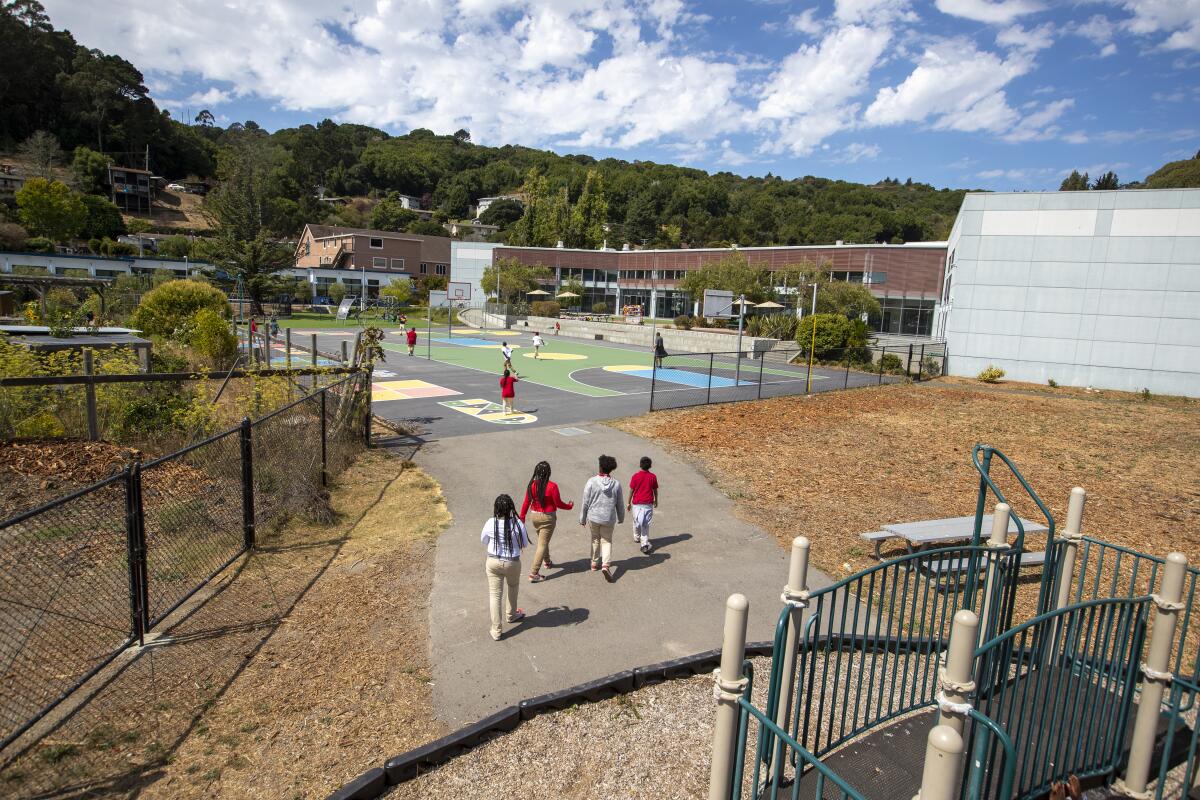
But the closure of several local military bases in the 1990s fueled white flight and declining enrollment. Attendance in the district, once about 600, dipped to just over 200. The school system was in chaos, with students failing at remarkable rates, despite spending nearly three times the state average, the Los Angeles Times reported in 1997.
Some parents thought they had an answer in a new charter school in Sausalito. Founding parents of varying races envisioned, as one recalled, “a little, hippie-dippy, artsy, Montessori-type school where everyone could excel.” Willow Creek Academy opened with about 40 students.
While Willow Creek has been deemed a success by many families, it has not markedly pulled up the test scores of most African American students. A fiscal review panel found that Willow Creek supporters, who won a majority on the school board in 2008, focused more attention and resources on the charter school than on the shrinking traditional campus.
In 2016, Marin County Supt. of Schools Mary Jane Burke wrote to the state superintendent, saying she believed that the school board members “have placed the financial and educational interests of an independent charter school” first.
An investigation by Becerra’s office found that the school district “knowingly and intentionally maintained and exacerbated existing racial segregation, and ... established an intentionally segregated school.”
Organizational chaos super-charged Bayside MLK’s troubles. Over just seven years beginning in 2010, the school district whipped through four superintendents. Five principals ran the school over the same time.
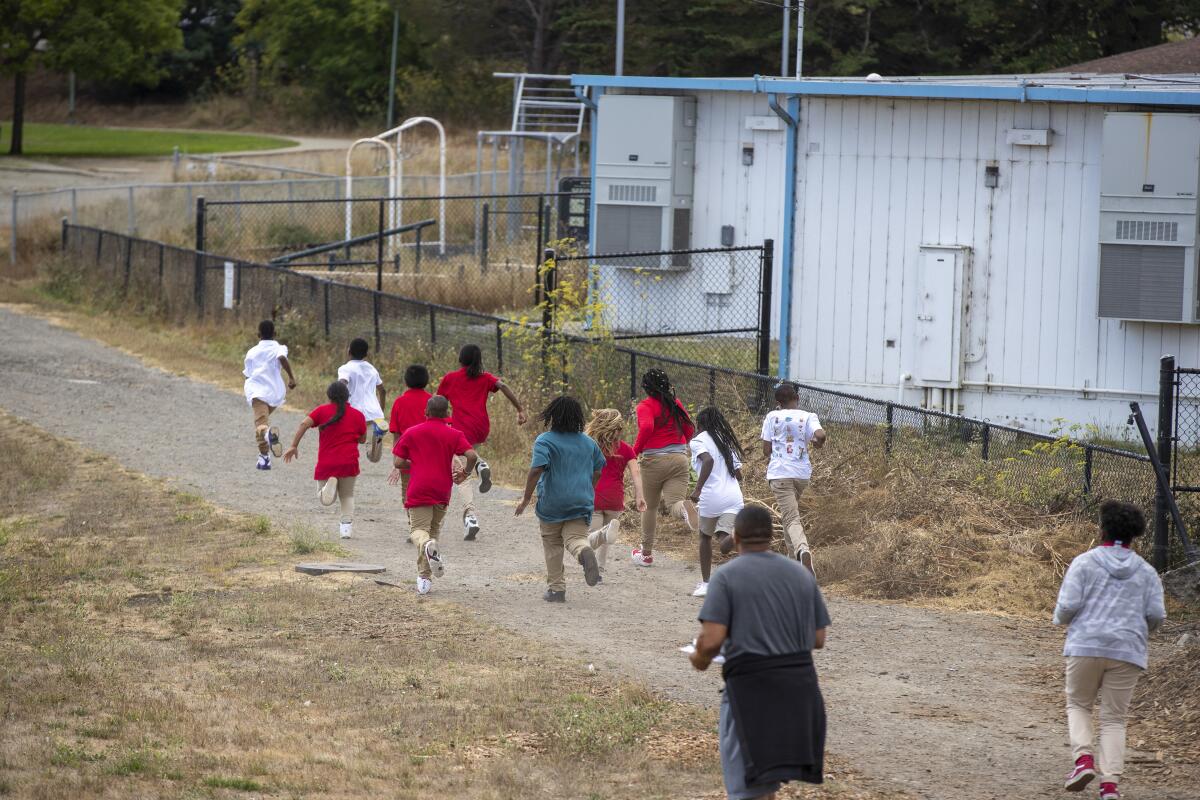
About half of the school’s teaching staff left before or during the 2014-15 school year, including the only Spanish teacher. That led to cuts in foreign language, art, music, physical education and counseling.
Another flashpoint arrived in 2013, when the school board decided that blossoming Willow Creek needed more room and that Bayside MLK, which had shared the same hillside campus, should move to a new facility in Marin City.
Though the board cited some potential benefits, school district consultants warned that splitting the schools could worsen segregation. And Marin City parents haven’t forgotten that the school board sweetened the deal with the promise of a rigorous International Baccalaureate program. It never happened.
And while many Marin City families sent their children to Willow Creek Academy, others did not want to abandon Bayside MLK, a school that had been a part of their families for generations.
Some felt that winning admission to the charter school was more difficult than it should have been — a sense that Willow Creek operators said they have worked diligently to reverse.
##
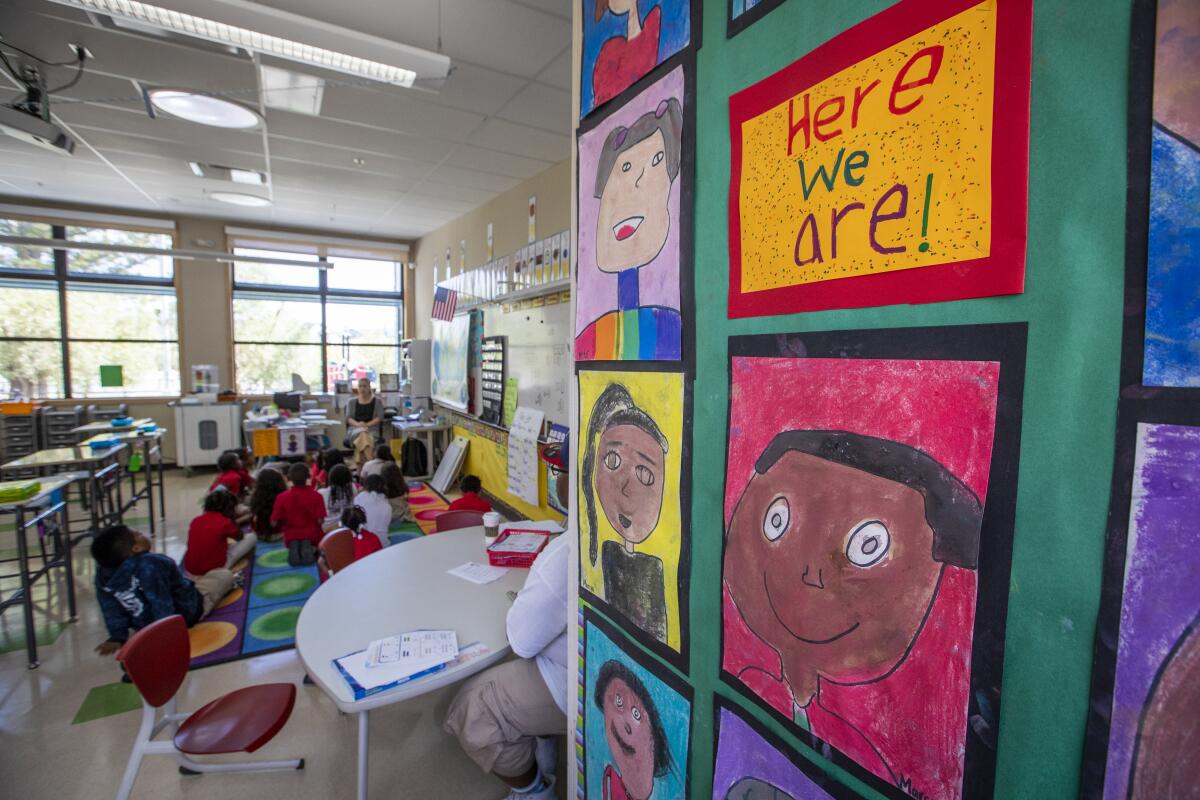
In November, the balance of power shifted again. After a school board election decided by just eight votes, members aligned with Bayside MLK gained a 3-2 majority.
The new school board agreed to settle with the attorney general’s office and it will have the final say over how to desegregate Bayside MLK, which is now half African American, 27% Latino and less than 4% white, with the remaining students of other races.
A merger would have Bayside MLK’s 104 students join Willow Creek’s 361 pupils, who are 42% white, 27% Latino, 10% African American, with the balance of multiple and other races.
But questions abound: Could all 465 students fit on one campus? Should the district go charter, or operate under traditional public school rules, along with the union membership that usually entails? Would all students fare better if a larger school district took control?
There is also the matter of what happens to the two schools in the months, or years, before a resolution.
The new school board moved to strip Willow Creek of roughly one-fourth of its budget, about $1 million, that it deemed excessive under state funding guidelines.
To Bayside MLK boosters, the shift feels fair, given years of getting “the short end of the stick,” as one playground success coach said. To the Willow Creek faithful, the loss of a quarter of its taxpayer support makes no sense, given that the school educates three-quarters of the district’s students.
Two men from decidedly different worlds will play key roles in determining what happens next.
One is Garcia, a virtual hometown native who was hired as superintendent in July by a divided school board. As a multiracial child who grew up without a dad at home, Garcia, 45, found father figures on the sports fields of Marin City.
He said his “deep ties and affection” for the community will help guide him, along with lessons in restorative justice he learned getting his doctorate in education at UC Berkeley and running schools in nearby Hayward.
The other is Weinsheimer, the Willow Creek board president. He grew up in suburban Chicago but said his mother’s work, teaching disadvantaged inner-city students, molded his view of education as a social justice calling.
Garcia said that in the coming months he expects to lead many “courageous conversations” about what is fair. Those talks will include many black residents of Marin City, who can’t forget historic slights, as well as Willow Creek parents and staff, who feel labeled, as one teacher said, that they support “that terrible, racist charter school.”
Weinsheimer wants the school district “to look at ourselves as a community, not two tribes.” But he also supports the charter school’s two recent court actions, fighting to restore the lost $1 million that otherwise would go to Bayside MLK, or into reserve.
He said Willow Creek serves more students who qualify as socioeconomically disadvantaged than Bayside MLK does. Weinsheimer said slashing the charter’s funding “does not go with the idea of providing full and fair funding, and providing equal protection for kids.”
One of Garcia’s imperatives is “creating excellent outcomes for our black and Latino kids.” He said African American students have struggled, even at higher-achieving Willow Creek. Last year, more than half the black students at the charter didn’t meet English language literacy standards and 70% fell below grade level in math.
Of demanding better outcomes for one and all, Garcia said: “I will die on that cross.”
Both men seem to agree on one thing for the long term: Every student from Sausalito and every student from Marin City should somehow be able to learn together.
“We already have 80% of the students in our school,” Weinsheimer said. “But 80% desegregation is not the goal, 100% desegregation is the goal.”
More to Read
Sign up for Essential California
The most important California stories and recommendations in your inbox every morning.
You may occasionally receive promotional content from the Los Angeles Times.











